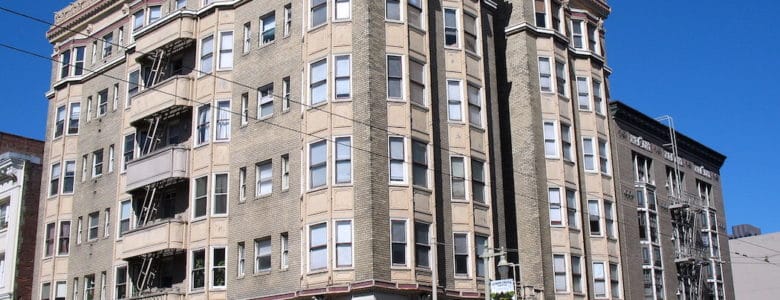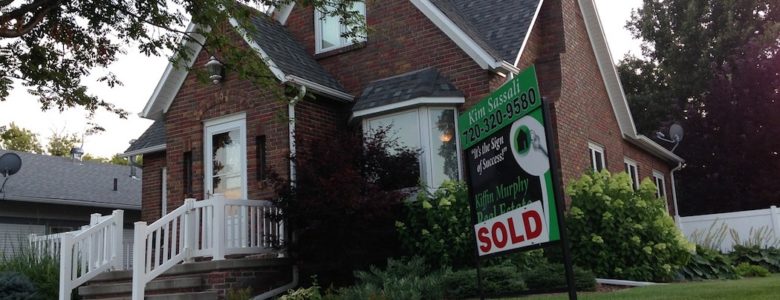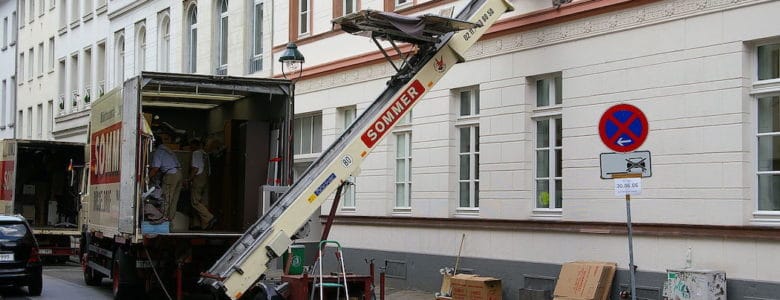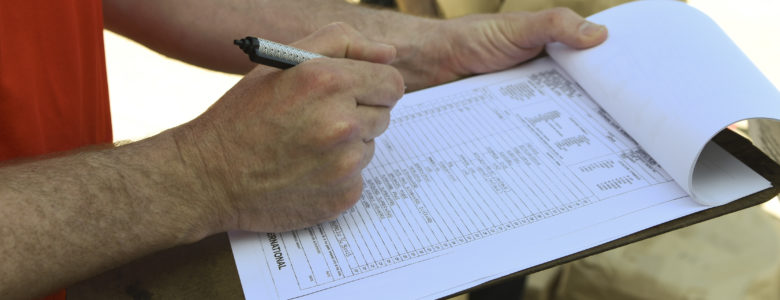Moving seems like one of the most straightforward businesses, and in many ways it is. Big problems can occur, though, when movers aren’t prepared. Any decent mover will be prepared for most situations. Trucks should be stocked with boxes of all sizes, blankets, tape, a ramp, dollies, etc. Things get a bit more dicey, though, when movers don’t know about a few items in advance.
1. Pianos
A piano might seem like just another piece of furniture, but pianos require special handling. If your mover knows in advance, he might arrange for a piano board and potentially an additional mover or two.
2. Safes
If you have a safe in your house that weighs more than most people, let your mover know. As with pianos, safes often require special moving boards and sometimes an extra crew member.
3. Stairs
A single flight of stairs, or perhaps even two, might not be such a big deal, but more than that and the mover has to know. If the mover isn’t prepared for stairs, the move could end up taking much longer, costing more money and there could be damages.
4. Long Carries
5. Time RestrictionsIf you live in an apartment or in a community with a homeowner’s association, there might be time restrictions on your move. If possible, it’s best to arrange your move to start in the morning. Afternoon moves are far more difficult to precisely schedule because you may have to wait for movers to finish up their morning job. Also, you should check with your property manager to make sure you don’t have to reserve a particular date. It’s always best to get about three time options and coordinate one of those three with the movers.
6. Building Insurance Requirements
Every licensed mover must carry liability insurance in case of damage to driveways or buildings. Many apartment buildings require written proof called a Certificate of Insurance. Any mover should be able to supply the proof.
Featured image via Health.mil.









